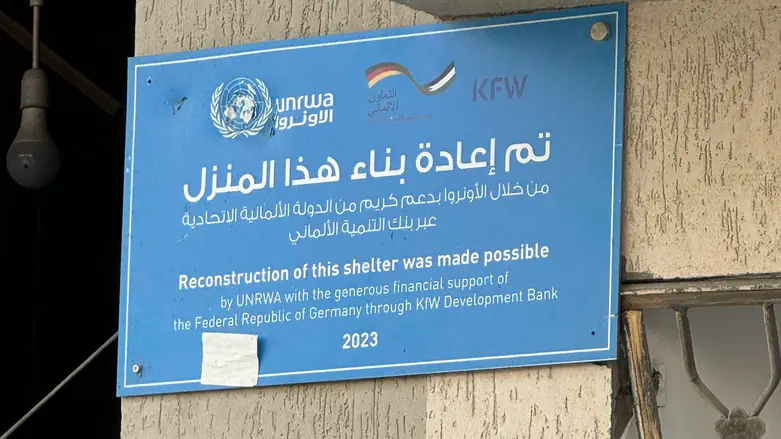Galei Tzahal military correspondent Doron Kadosh visited the tunnel in the Jabaliya "Refugee" Camp where the bodies of hostages Yitzhak Gelernter, Shani Louk, Amit Buskila, and Ron Benjamin were found.
He summed up the visit and described how the 98th Division gained control over most of the area. "Hundreds of terrorists were eliminated, and the troops from the 202nd Battalion describe fighting like they never seen before - tougher, against terrorists who they referred to as 'bold.' It is a tough nut that they managed to crack."
The soldiers told Kadosh that on the ground, they did not have intelligence on the tunnel shaft where they found the bodies. "The soldiers had no information about the shaft. A lot of resourcefulness and sharpness was needed to understand that there was something out of the ordinary there, and enough stubbornness to search," Kadosh wrote and quoted the Battalion Commander, Maj. Almog, who said they could have easily missed it.
According to Kadosh, several days were needed to fight in the area and to study the shaft until they reached the hostages' bodies. The shaft from where the bodies were extracted looked totally normal. Concrete, a ladder, 10 meters deep."
He added: "You certainly won't be surprised to hear that the building where the shaft was was built by UNRWA, with European funding, as the sign on the building reveals."

